Way back when the Compact Disc (CD) that we know today was being designed by Philips & Sony the designers were constrained by the technology available in the period (1979-1980). Digital recording was already well established in studio complexes using multi-track tapes, what was needed for home use was a medium that the average listener could handle easily, like the move from reel to reel tape to cassette tapes made handling easier, what was needed was a similar transition from the vinyl disc in analogue format to a smaller neater disc in digital format.
The CD was born. Even with the restrictions placed on the designers by the 1980's technology, the CD produced audio so clear and bright compared to the average record, played on the average domestic record player, the differences were obvious immediately, no awkward pickup arms to place carefully on the record, no rumble, no scratches, no stylus to wear out. The CD's future was assured and after 30 years it is still a major source of recorded music for most people.
However, the convenience of the CD its ease of production with 21st century technology has meant that the CD has become just a marketing tool for record companies to fight each other with, to produce the LOUDEST sound in the battle for attention of the younger !music! listeners. We have lost the plot totally in this respect, music (real music) has two principal parameters, frequency, the pitch (key) of the sound, and amplitude (volume) of the sound. The loudest instruments in an orchestra or band are probably the percussion, and a front line of brass, the softest sounds being made by the delicate brush work on a drum skin, or the triangle in an orchestra.
Both these sounds have their place in the music, which means the space between them in volume as heard in the recording studio, should be the same space as heard on the eventual recording, this space is called the dynamic range, the difference between the softest and the LOUDEST sounds in the music. Sadly this is NOT happening, and has not been happening for the last 15 years at least.
Studio engineers, producers are progressively reducing this dynamic range in an effort to produce the LOUDEST overall sound to the consumer, the consumer that is becoming progressively more DEAF to the dynamics in music expects it.
This destruction of dynamics in music had not gone unnoticed by those that remember better times and better music, to this end a group has been formed to try to convince the record producers that dynamics are needed in music, to allow the best listening experience.
If you are interested in joining or just reading up on this subject, might I suggest you visit the web site HERE
You can read more, and even download a program "DR" that you can use to check the music on your system HERE
A brief extract from the site gives us this leader into their mission ...
DYNAMIC RANGE and the end of loudness insanity!
The TT DYNAMIC RANGE METER Plug-in is an open source plug-in (VST, AU and RTAS)
which is perfectly suited for many applications used in modern music production. Additionally we supply the TT DR Offline Meter Software (PC) which will be used for the fast and convenient offline calculation of the official DR value of releases. In this way, anyone involved in music production has a tool for creating more dynamics in their productions.
This is a condition for ending the Loudness War!
For those who are not familiar with this term, here's an explanation: the Loudness War designates the senseless competition between record companies which involves releasing music with increasingly high amounts of dynamic compression (the "compression" of dynamic levels so that originally quiet passages are as loud as the loudest parts of a song). This results in products which are increasingly obtrusive in order to fight for the listener's attention.
-----------------------------------------------------------------------------------------------------------
If you are in music production, or involved with mastering, please remember we like to hear our music correctly, with LOUD highs, and delicate soft lows, just as it would be in a concert hall,
NOT as a weapon between record companies to destroy our enjoyment, and hearing.
PHASE 2 Begins July 2012, by this time record companies that have signed the pledge to reduce compression in their music should be producing CD's with a dynamic range of at least 14dB, or
on lesser ranges (circa 8dB) music with a 6dB headroom to sound the same volume as the 14dB.
!!Great News!! Now all you MAC owners can get DR !!
The MAC (MacOS) has long been a favourite of music makers, it's range of music production tools was always way ahead of the Windows platform until very recently, now there is NO EXCUSE for too much compression for all you MacOS Muso's
Only one change remains now for the MAC users, get to use SPACES in file names, dump that crazy Underscore finally.
(that was just a PERSONAL GRIPE folks)



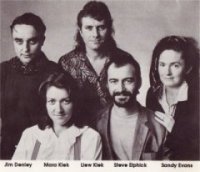
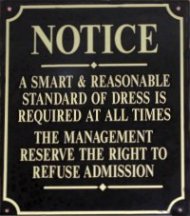.jpg)
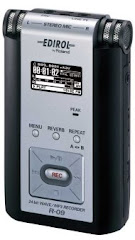.jpg)



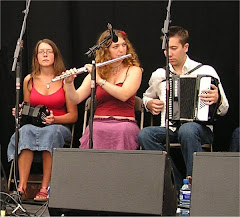
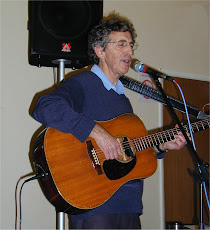
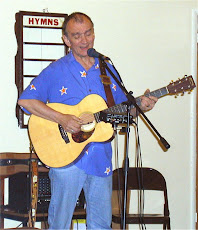
.jpg)
.jpg)
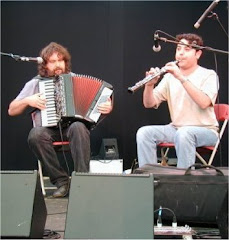.jpg)
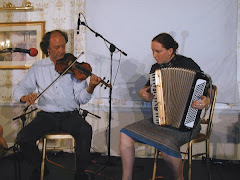.jpg)
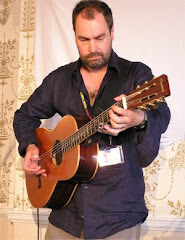.jpg)
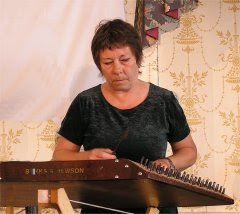.jpg)
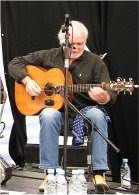.jpg)
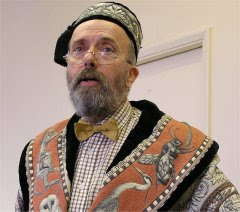.jpg)
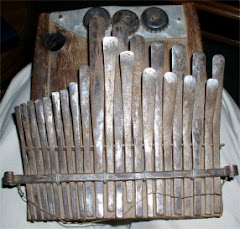.jpg)


6 comments:
Producers were always akin to make recordings as loud as possible, but vinyl had physical limits: the dynamic range is somewhere between 15 dB (surface noise) and 60 dB (where the needle skips out of the groove - remember the Maxi-Single?). With digital equipment you can have a dynamic range from 0 dB (absolute silence, not reproducable before) up to 90db. But this makes no sense for common listening. The average background noise in your livingroom is around 30 dB. If you want to hear something just above silence, you have to turn up your amplifier. Now guess, what happens, if the drummer hits the bass-drum - your speakers would fly out the box. So producers have to compress, otherwise there would be a lot of damaged gear or people would complain, they couldn't hear the silent passages anymore.
I agree, that producers tend to overdo, but as I said above, they always did.
Try to measure the dynamic range of Queen's "A night at the Opera" on vinyl - there's virtually none....
No one, at least not me is suggesting we should be able to receive the whole 96dB range possible with 16 bit encoding, but something akin to 30dB would allow a more dynamic range to be appreciated.
The typical studio, after all the mixing, processing and shuffling around of the final mix, should be able to achieve a noise floor of 70-75dB, the average tape about -50dB and vinyl discs in the same order. What I, and a growing consensus do NOT want is our music crammed into the top 6dB of the total dynamic range of a CD.
Some limiting is essential for exactly the reason you made, but that is peak limiting, not normalising everything up to the same level as it happening today.
As regards room ambient noise of -30dB, true, but even 30dB dynamic is better than the 3-6 found on some CD's.
I listen on top quality headphones with noise cancelling, I can easily hear noises at -50dB this is essential when doing de-clicking on vinyl. In fact my click detection maximum sensitivity is -40dB as I reckon most listeners, in average listening conditions will not notice anything like lower than -30dB, so this gives a margin for those with superb hearing and top quality audio gear.
Thanks for your comments and contribution.
I've explored your site a little more since my first post yesterday - my condolences on your very sad news. I also found this entry. Yes!! I don't know if you're ever inclined to listen to classical music on the radio but, if so, you'll have noticed the difference in sound between BBC Radio 3 and Classic FM - who must _really_ like compression....
@ChrisW
Exactly Chris, thanks for your comment, why even R3 is guilty at times, specially at times in the day when many listeners will be on the move in noisy vehicles, some compression seems evident at those times, though I do not often listen to R3, I do catch the odd jazz program but these are off record anyway and most likely are already compressed. You Can't win!!
I guess it would be possible to "uncompress" audio - though you'd need to know both the algorithm used for the compression (maybe there's only one?) and the degree of compression applied. Someone must surely have done something like that for the "Audacity" software.
On another topic, I've tried to download the Tundra "Kentish Garland" files, but rapidshare gives a "404 file not found" error - not sure if you're aware? If you need to email, it's chris at [the domain on my URL].
@ChrisW
I guess it would be possible, though I doubt it would be very effective, I really cannot see there being a standard law for such crass corruption of music, most likely just down to the whim of the person producing the final mix. There are ways of reducing the effect of the compression, these mostly consist of removing the low frequency envelope that is created during the compression and added to the mean level of the music to keep it up at peak level, once this envelope is removed it is possible to restore a 3dB dynamic range waveform to something like 8-9dB, an improvement but far from ideal.
Thanks for the tip about Tundra, this must have been deleted quite recently, I checked most downloads only a few months ago, it has been restored now, please check it out, same password as before.
Post a Comment